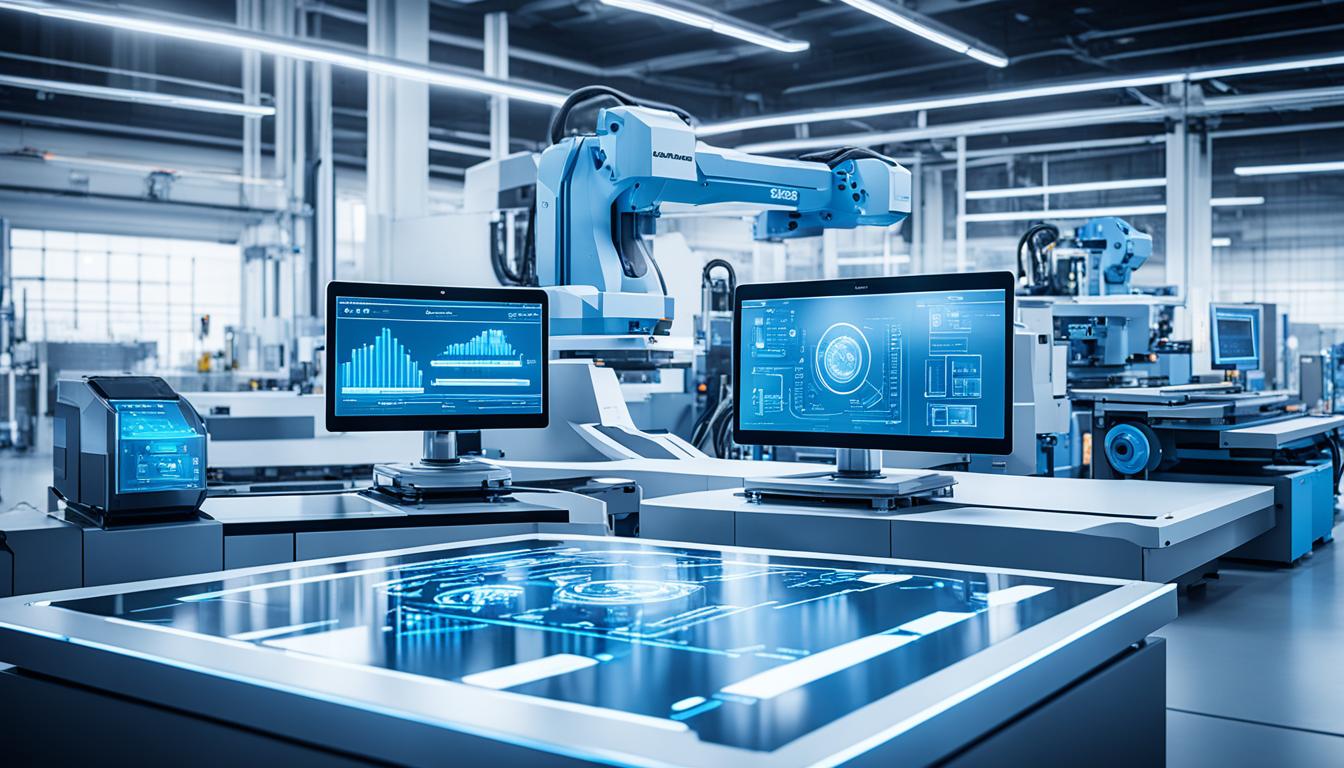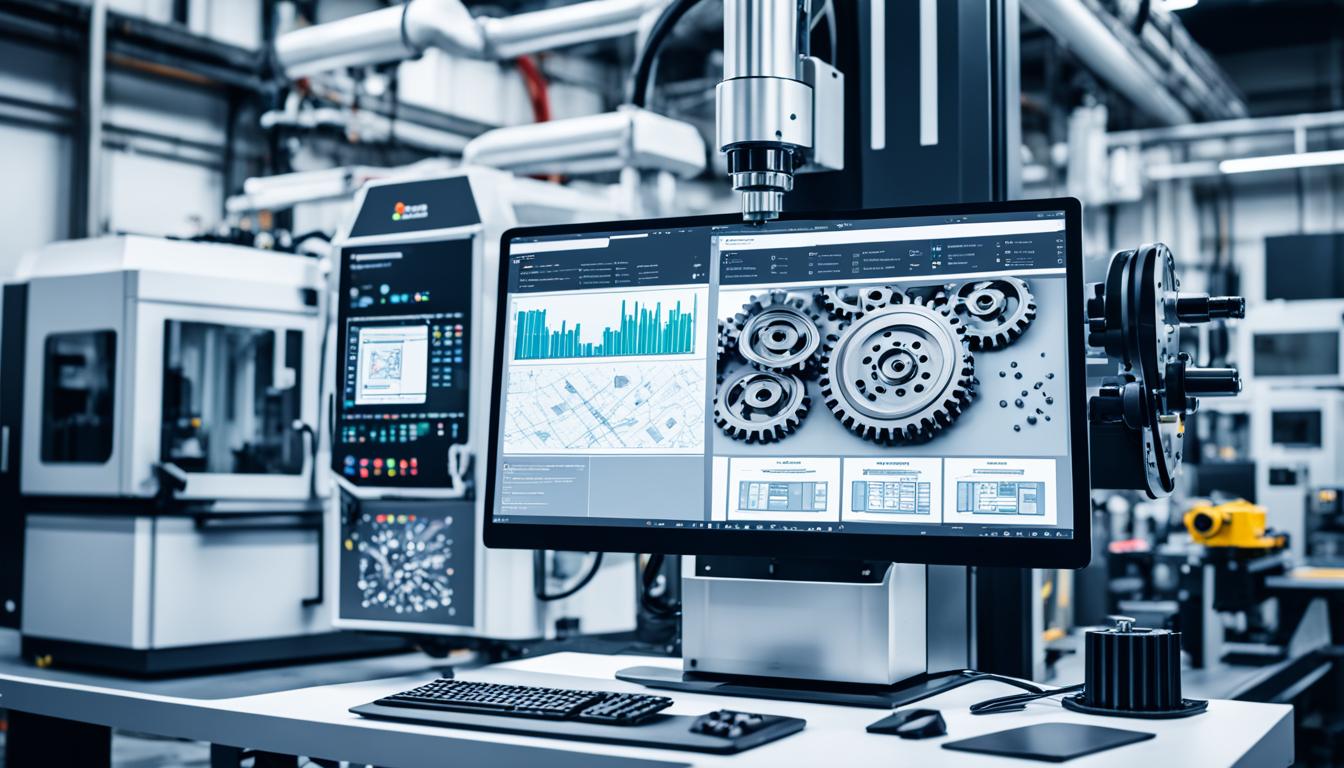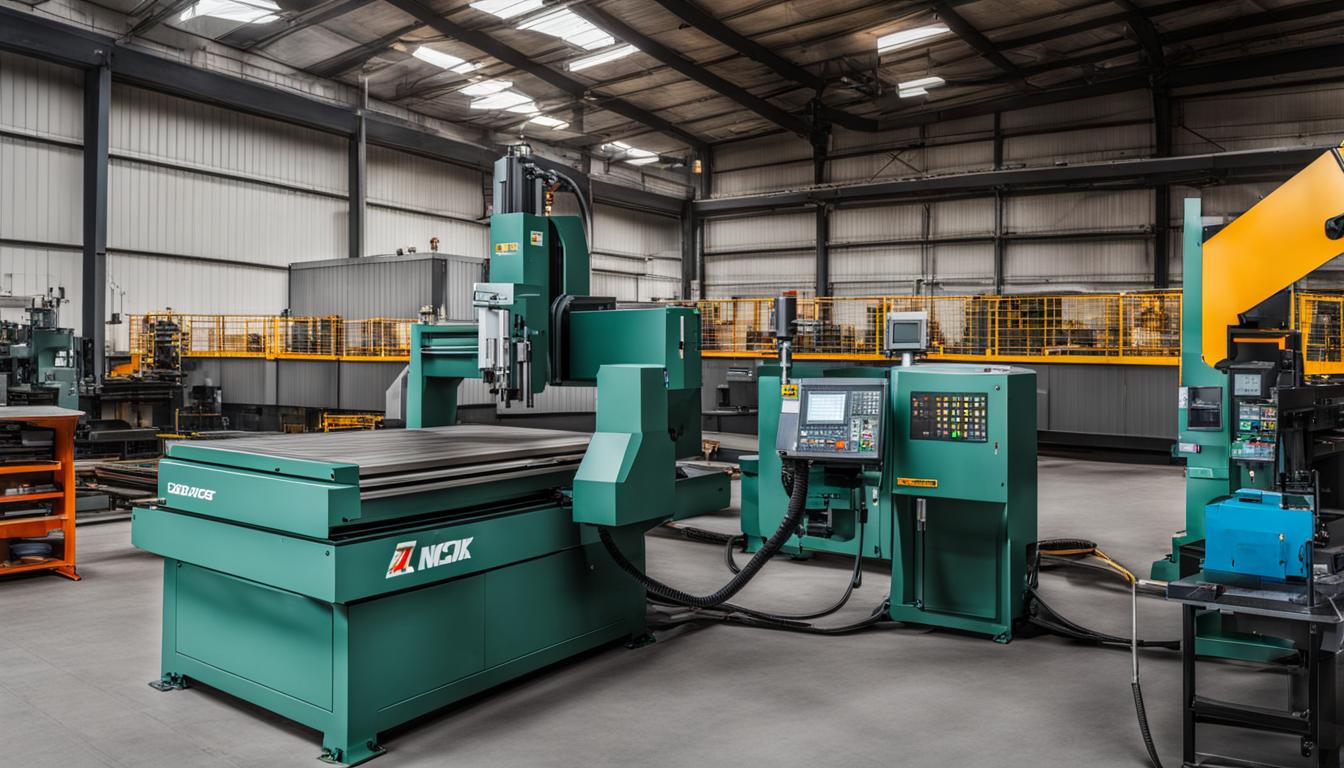When investing in CNC software, five key cost factors should be carefully considered. The initial purchase price is a significant upfront expense that varies based on the software’s capabilities and vendor. Ongoing licensing fees or subscription costs can impact long-term budgeting, especially for cloud-based solutions. Training expenses for staff to effectively use the new software are crucial and may involve both initial and ongoing costs. Integration costs with existing systems and potential hardware upgrades to support advanced software features can add to the total investment.
Finally, maintenance and support fees, including regular updates and technical assistance, contribute to the overall cost of ownership. These factors collectively determine the software’s value proposition and return on investment for a CNC operation. Balancing these costs against the potential productivity gains, improved accuracy, and enhanced capabilities is essential for making an informed decision that aligns with both current needs and future growth strategies.
- Carefully calculate the return on investment for CNC software, considering labor savings, increased production capacity, and quality improvement.
- Ensure CNC software is configured to meet product-specific requirements, such as part sizes, manufacturing methods, and material composition.
- Choose CNC software with capabilities that match the hardware and expertise of the software company.
- Integrate CNC software seamlessly into existing workflows, considering material flow logistics, design software compatibility, and process optimization.
- Evaluate maintenance considerations, including parts structure, availability, support, and potential for remote maintenance.
Return on Investment
Calculating the return on investment (ROI) for CNC software is a crucial step in making informed purchasing decisions. By evaluating various factors, businesses can determine the potential benefits and cost savings of implementing CNC software into their operations.
One significant factor to consider when calculating ROI is labor savings. CNC software automates many manual tasks, reducing the need for extensive human intervention. This efficiency can result in significant time and cost savings by streamlining production processes and minimizing labor-intensive operations.
In addition to labor savings, investing in CNC software can also boost a company’s production capability. By leveraging the advanced capabilities of CNC systems, businesses can increase their manufacturing capacity and take on additional orders. This expanded production capability can lead to increased revenue and business growth.
Another aspect to consider when evaluating ROI is machine efficiency. CNC software enables precise and repeatable machining operations, minimizing errors and optimizing overall machine performance. The improved efficiency translates to higher productivity, reduced production time, and ultimately, cost savings.
Furthermore, CNC software plays a vital role in mitigating manufacturing defects. With its advanced control and monitoring capabilities, CNC-controlled manufacturing can significantly reduce defects and rework. This not only saves time and resources but also enhances product quality and customer satisfaction.
Implementing CNC software also enables businesses to improve the overall quality of their products. CNC-controlled processes ensure consistent precision and accuracy, resulting in high-quality end products. This elevated level of quality can help businesses differentiate themselves in the market, build a strong reputation, and attract more customers.
When considering ROI for CNC software, it is important to explore financing options. Affordable financing plans can help mitigate the upfront costs and enable businesses to start benefiting from CNC software sooner. Exploring financing options can maximize the return on investment by spreading out costs and aligning cash flow with the expected benefits of implementing CNC software.
By carefully considering labor savings, production capability, machine efficiency, manufacturing defects, quality improvement, and financing options, businesses can accurately assess the return on investment for CNC software. The benefits of implementing CNC software can extend beyond merely cost savings, ultimately driving business growth and ensuring a competitive edge in the market.
Product-Specific Configuration
When investing in CNC software, one crucial cost factor to consider is the product-specific configuration. To optimize the usage of CNC software, businesses need to have a clear understanding of the application that will drive the machine’s settings. This involves determining various product parameters, such as part sizes, manufacturing methods, and material composition.
By effectively communicating these product requirements to the machine manufacturer, businesses can ensure that the purchased CNC software is tailored to meet their specific production needs. It is essential to collaborate with the machine manufacturer to configure the software accurately, ensuring seamless integration with the existing manufacturing processes.
Furthermore, businesses should consider the level of automation required based on their production requirements. Evaluating different automation levels can help determine the most efficient and cost-effective configuration. Conducting a feasibility evaluation of the proposed product-specific configuration is also vital to verify its practicality and suitability for production.

The Advantages of Product-Specific Configuration:
- Enhanced precision and accuracy in manufacturing
- Improved process efficiency
- Cost savings through optimized material usage
- Reduced production time and lead times
Software Capabilities
The software capabilities of CNC systems play a crucial role in the precision and consistency of manufacturing processes. When investing in CNC software, it is important to consider the expertise of software companies and their ability to unlock the full potential of the hardware.
Choosing a software that is compatible with the specific hardware is essential to ensure optimal performance and accurate creation of desired end products. This compatibility ensures seamless integration between the software and the hardware, enabling efficient and effective manufacturing processes.
The selection of the right software also depends on the precision requirements of the manufacturing processes. Precision manufacturing relies on software capabilities that can execute intricate designs and complex instructions with accuracy and repeatability.
To maximize the potential of CNC systems, it is crucial to select software that matches the physical capabilities of the machine. This includes considering factors such as maximum cutting speed, spindle power, and axis movement.
Optimizing Software Selection
When selecting CNC software, it is essential to evaluate the software company’s expertise and reputation in the industry. Look for software providers with a track record of delivering high-quality solutions and excellent customer support.
Consider software that offers comprehensive hardware compatibility, ensuring smooth communication and synchronization between the software and hardware components.
Furthermore, the software should provide advanced features and tools that are tailored to precision manufacturing. Look for capabilities such as 3D modeling, toolpath optimization, and simulation to enhance the manufacturing process.
Ultimately, selecting the right CNC software involves carefully assessing the software’s capabilities, comparing them to the hardware requirements, and ensuring compatibility and optimization for precision manufacturing.
Workflow Integration
When investing in CNC software, one crucial consideration is how the new software will seamlessly integrate with existing equipment and workflows. This evaluation involves various factors, including material flow logistics on the production floor, design software compatibility, programming, and process optimization.
To ensure a smooth workflow integration, businesses need to assess the compatibility between the new CNC software and their existing equipment. This includes evaluating whether the software can communicate effectively with different machines, controllers, and sensors. Compatibility issues can lead to disruptions in production and negatively impact overall efficiency.
In addition to equipment compatibility, it’s essential to assess the compatibility of the new CNC software with existing design software. This ensures that design files can be seamlessly transferred and processed without any loss of data or formatting issues. Compatibility between design software and CNC software streamlines the manufacturing process and minimizes the need for manual adjustments.
Another crucial aspect of workflow integration is programming efficiency. The CNC software should provide a user-friendly interface for programming tasks, allowing operators to input machining parameters, tool paths, and customized functions easily. Intuitive programming capabilities reduce the chances of errors and improve overall productivity.
Optimizing the process flow is also a critical consideration in workflow integration. By analyzing the material flow logistics within the production floor, businesses can identify potential bottlenecks, minimize idle time, and optimize the overall production efficiency. CNC software should support material flow optimization initiatives, allowing for smooth and efficient movement of materials through the manufacturing process.
Ultimately, by considering workflow integration when investing in CNC software, businesses can achieve a seamlessly connected production environment that maximizes efficiency and minimizes disruptions. Whether it’s equipment compatibility, design software integration, programming efficiency, or process optimization, each of these factors contributes to a streamlined workflow and improved overall productivity.

| Workflow Integration Considerations | Impact on CNC Software Investment |
|---|---|
| Equipment Compatibility | Minimizes disruptions and ensures smooth production flow |
| Design Software Compatibility | Seamless transfer of design files and streamlined manufacturing process |
| Programming Efficiency | Reduces programming errors and improves overall productivity |
| Process Optimization | Maximizes efficiency and minimizes idle time |
Maintenance Considerations
Maintenance is a critical aspect to consider when investing in CNC software. It directly impacts the overall cost and efficiency of the software. One important factor to evaluate is the manufacturer’s parts structure and their availability. Ensuring that the required parts are easily accessible can minimize downtime and keep production running smoothly.
Another key consideration is the level of support provided by the software manufacturer. Reliable and responsive support can address any issues or concerns that may arise during the software’s operation. Prompt assistance can help businesses avoid prolonged disruptions and maintain productivity.
Modern CNC systems now offer advanced features that reduce the need for on-site technician support. Some machines even provide automatic maintenance capabilities or real-time collaboration for remote assistance. These innovative features not only save time but also reduce costs associated with technician visits.
By carefully considering maintenance factors such as parts structure, availability, support, and remote maintenance capabilities, businesses can achieve significant cost savings in their CNC software investments. Effective maintenance planning ensures uninterrupted production and maximizes the profitability of the software.
